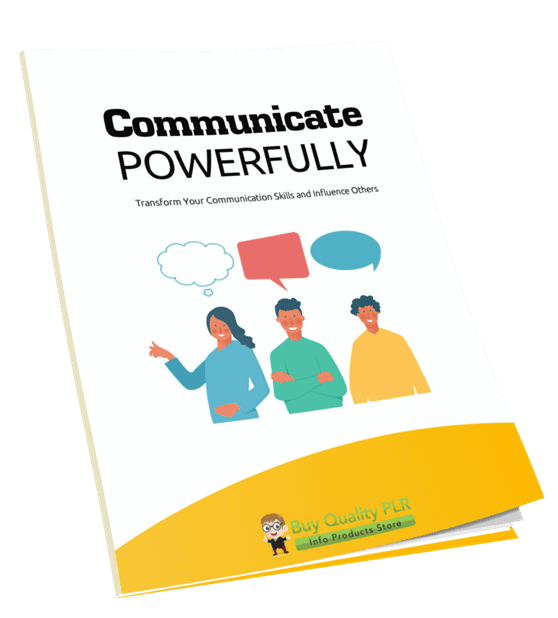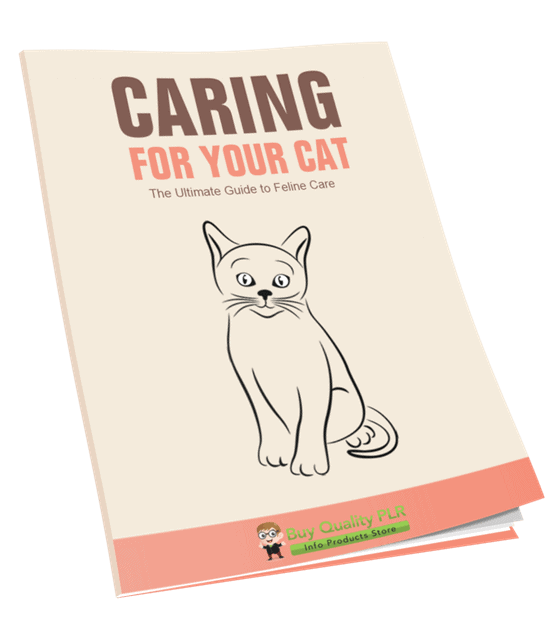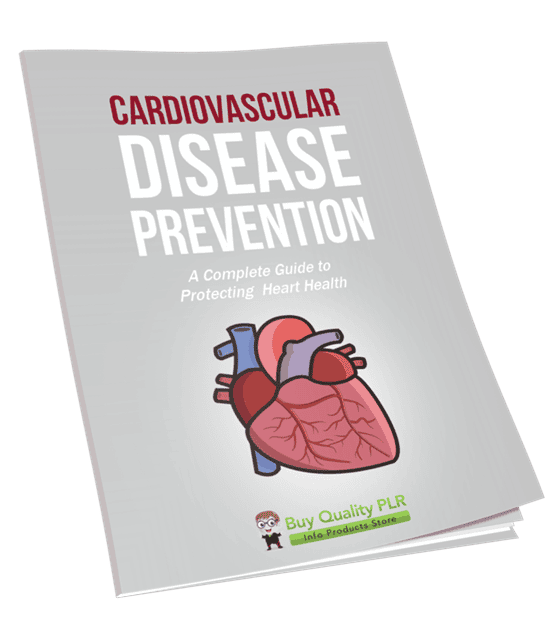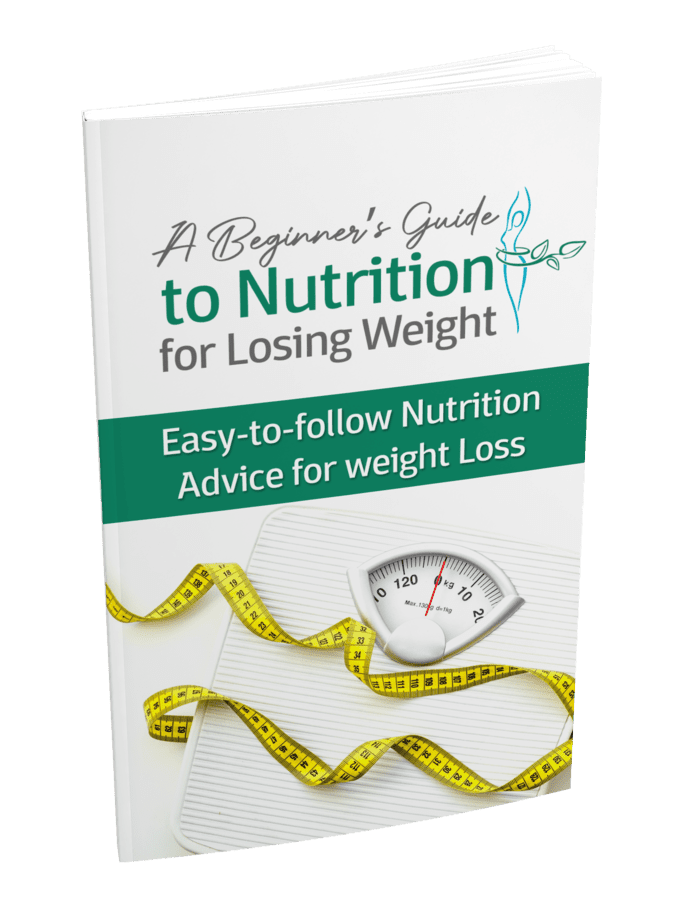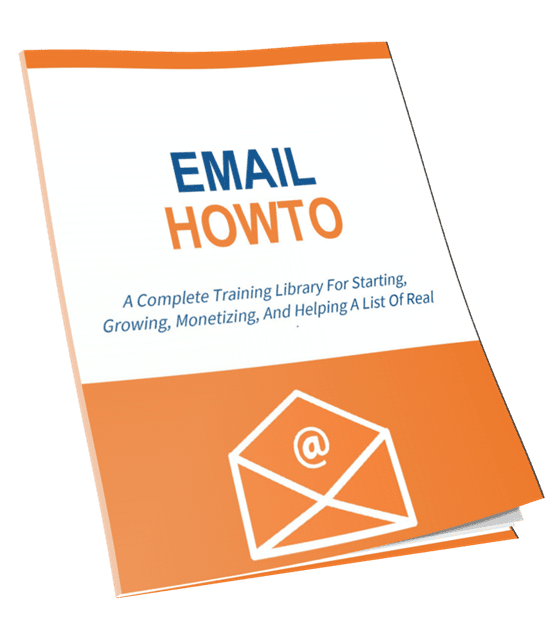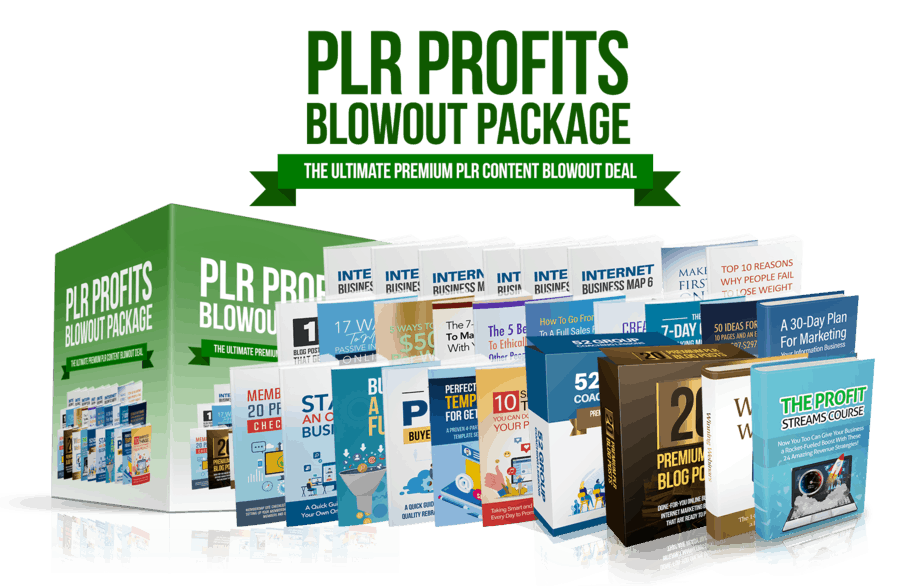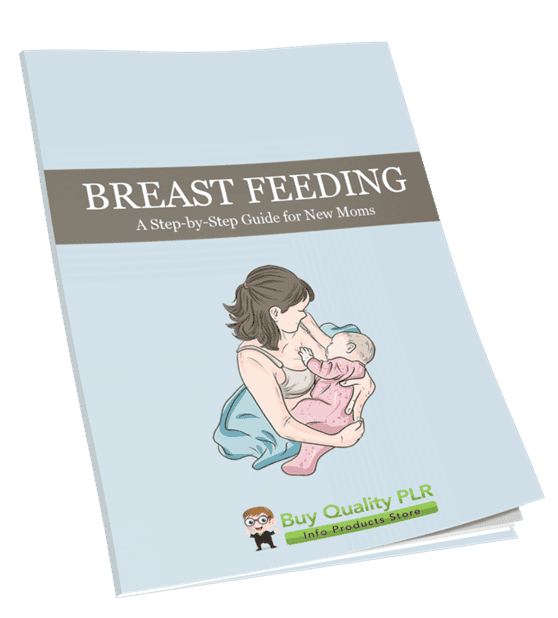
Breast Feeding PLR Course 22k words
in Health PLR , Health PLR eBooks , Parenting , Parenting PLR , Parenting PLR Ebooks , PLR Checklists , PLR eBooks , PLR eCourses , PLR List Building Reports , Premium PLR , Premium PLR eBooks , Premium PLR Reports , Premium White Label Brandable PLR Coaching Courses , Private Label Rights ProductsChoose Your Desired Option(s)
has been added to your cart!
have been added to your cart!
#breastfeedingplr #newmomcontent #mommyblogplr #parentingplr #babycarecontent #breastfeedingtips #plrcontent
Breastfeeding: A Step-by-Step Guide for New Moms (PLR Course)
Welcome to the Breastfeeding PLR Course, your ultimate resource designed to support and empower new mothers through the beautiful, yet sometimes challenging, journey of breastfeeding. Whether you’re a healthcare professional, a content creator, or an individual looking to provide valuable content to others, this comprehensive 20033-word PLR course will help you and your audience navigate breastfeeding with confidence and ease.
This course is structured to provide essential information, practical tips, and emotional support for new moms, making it perfect for anyone in the parenting niche. From the basics of breastfeeding to handling challenges, this course covers everything moms need to know for a successful breastfeeding experience.
Presenting…
Breast Feeding PLR Course 22k words
What’s Included in the Breastfeeding PLR Course?
The Breastfeeding PLR Course consists of 5 well-structured modules, each with practical steps and detailed explanations. Here’s what you’ll get:
Module 1: Understanding the Basics of Breastfeeding
The first module lays the foundation by explaining why breastfeeding is important and how it works.
- Step 1: Why Breastfeeding Matters
Learn about the many benefits breastfeeding offers to both mother and baby. - Step 2: How Breastfeeding Works
Understand the biological process of milk production, including the roles of key hormones. - Step 3: Common Myths vs. Facts
Debunk common myths and misconceptions surrounding breastfeeding. - Step 4: Getting Ready for Breastfeeding
Prepare mentally and physically for breastfeeding and set up a comfortable, welcoming environment.
Module 2: Mastering the Latch & Positioning
A good latch is crucial for both comfort and successful breastfeeding. This module covers everything about getting the latch and positioning right.
- Step 1: The Perfect Latch – What It Looks Like
Learn how to position your baby for a deep, effective latch and avoid common issues. - Step 2: Popular Breastfeeding Positions
Explore different positions like cradle hold, football hold, and cross-cradle, to see what works best for you. - Step 3: Troubleshooting Latch Problems
Fix common problems such as nipple pain, shallow latch, and tongue-tie. - Step 4: Ensuring a Comfortable Feeding Experience
Discover tips on posture, back support, and using pillows to ensure comfort for both mother and baby.
Module 3: Breastfeeding Challenges & Solutions
This module addresses common challenges that mothers may encounter during their breastfeeding journey.
- Step 1: Managing Low or Oversupply of Milk
Learn the reasons behind milk supply issues and how to regulate it. - Step 2: Dealing with Engorgement, Mastitis & Clogged Ducts
Prevent and manage painful conditions like engorgement and mastitis. - Step 3: Handling Baby’s Feeding Issues
Learn strategies for dealing with issues like baby’s refusal to latch or feeding difficulties. - Step 4: When & How to Seek Help
Understand when it’s time to consult a lactation consultant or healthcare professional for support.
Module 4: Pumping, Storing, and Returning to Work
This module is all about mastering pumping, milk storage, and balancing work-life with breastfeeding.
- Step 1: Choosing the Right Breast Pump
Get tips on choosing the best breast pump based on your needs (manual, electric, hospital-grade). - Step 2: Pumping Schedule & Techniques
Create an effective pumping routine to maintain milk supply and ensure baby has enough milk. - Step 3: Storing & Handling Breast Milk Safely
Learn proper storage techniques, including how long breast milk lasts at room temperature and how to store it safely in the fridge and freezer. - Step 4: Breastfeeding & Working Mom Life
Practical advice for working moms on balancing breastfeeding with their career, including pumping at work.
Module 5: Weaning & Transitioning
Weaning can be emotional and challenging, but it doesn’t have to be difficult. This module covers the essentials of weaning your baby off breast milk.
- Step 1: Knowing When to Wean
Learn the signs that indicate your baby is ready to start weaning. - Step 2: Gradual vs. Sudden Weaning
Understand the different approaches to weaning and choose what works best for you and your baby. - Step 3: Comforting Your Baby Through the Change
Offer your baby reassurance during the weaning process and help them adjust to the transition. - Step 4: Taking Care of Yourself Post-Weaning
Manage physical and emotional changes after weaning and embrace this new phase of motherhood.
Bonus Content Included
Along with the core course material, you’ll also receive the following additional resources:
- Breastfeeding Checklist (649 Words)
A practical checklist for new mothers to help them navigate the essentials of breastfeeding. - Breastfeeding FAQs (1054 Words)
A list of frequently asked questions about breastfeeding, with clear and informative answers. - Breastfeeding Sales Page (719 Words)
A ready-made sales page to help you easily market and sell the course to others.
How to Use and Profit from the Breastfeeding PLR Course
The Breastfeeding PLR Course is perfect for anyone looking to create content for new mothers or parenting-related audiences. Here are some ideas on how you can profit from this valuable course:
- Rebrand and Resell the Course:
Rebrand the course by adding your own unique style, tweak the content, and sell it as your own product. - Create a Membership Site:
Set up a membership site for moms and offer access to this course as part of your membership package. Charge a monthly subscription fee for continued access to other valuable content. - Bundle with Other Related Content:
Combine this course with other relevant PLR content such as parenting, baby care, or health to create a more extensive product package. - Online Course Creation:
Use the course as the foundation for an interactive online course, where you can add quizzes, activities, and coaching sessions. - Affiliate Marketing:
Promote this course as an affiliate and earn a commission for every sale. Use the provided sales page or customize it to suit your audience.
Why Choose BuyQualityPLR?
At BuyQualityPLR, we provide high-quality, easy-to-customize PLR content for marketers, bloggers, and business owners. The Breastfeeding PLR Course is written in a friendly and informative tone, making it easy to adapt for various audiences. Plus, with our detailed license terms, you can confidently rebrand, resell, and repurpose this content for your business needs.
Get Started Today!
The Breastfeeding PLR Course is ready to be your go-to resource for empowering mothers and providing them with the knowledge and support they need. Don’t miss out on the opportunity to build a successful business in the parenting niche or enhance your existing offerings with this valuable content.
Order Now and start your journey towards helping new moms breastfeed with confidence and ease!
has been added to your cart!
have been added to your cart!
Here A Sample of Breast Feeding PLR Course
Empowering mothers with knowledge, confidence, and support for a successful breastfeeding journey.
Module 1: Understanding the Basics of Breastfeeding
Before you start breastfeeding, it’s essential to understand why it’s important and how it works. This module covers the fundamentals.
Step 1: Why Breastfeeding Matters
Breastfeeding is more than just feeding a baby—it’s a powerful and natural way to support an infant’s health, development, and emotional well-being. It also has profound benefits for mothers, both physically and emotionally. Understanding why breastfeeding matters is the first step in building confidence and motivation for this journey.
In this lesson, we will explore the key benefits of breastfeeding, backed by international health organizations like the World Health Organization (WHO), the American Academy of Pediatrics (AAP), and UNICEF.
1. Nutritional Superiority: Breast Milk as the Perfect Food
Breast milk is a complete and dynamic source of nutrition that adapts to the changing needs of a growing baby. Unlike formula, which remains the same, breast milk contains live antibodies, hormones, enzymes, and essential nutrients tailored to an infant’s developmental stage.
Key Nutritional Benefits of Breast Milk:
✔ Perfect Balance of Nutrients – Breast milk provides the ideal mix of proteins, fats, carbohydrates, vitamins, and minerals required for a baby’s growth and brain development.
✔ Easily Digestible – It is designed for a baby’s immature digestive system, reducing the risk of gas, colic, and constipation.
✔ Contains Essential Fatty Acids (DHA & ARA) – These are crucial for brain and vision development.
✔ Adapts Over Time – The composition of breast milk changes as the baby grows, ensuring optimal nutrition at every stage.
2. Strengthening the Baby’s Immune System
One of the most remarkable aspects of breastfeeding is its immune-boosting properties. From the very first feed, breast milk helps protect newborns from infections and diseases.
Colostrum: The First Immunization
The first milk a mother produces is called colostrum, often referred to as “liquid gold” due to its thick consistency and deep yellow color. This nutrient-rich substance is packed with antibodies, white blood cells, and proteins that coat the baby’s gut and act as the first line of defense against infections.
Ongoing Immune Protection
✔ Antibodies & White Blood Cells – Breast milk contains immunoglobulin A (IgA), which forms a protective layer in the baby’s respiratory and digestive tract, preventing harmful bacteria and viruses from entering the bloodstream.
✔ Reduces Risk of Infections – Studies show that breastfed babies experience fewer ear infections, respiratory illnesses, diarrhea, and gastrointestinal infections compared to formula-fed infants.
✔ Lower Risk of Chronic Diseases – Breastfeeding has been linked to a reduced risk of allergies, asthma, type 1 diabetes, and even childhood leukemia.
3. Emotional & Psychological Bonding Between Mother and Baby
Breastfeeding is not just about nutrition; it is also a deeply emotional experience that fosters a secure bond between mother and baby.
✔ Skin-to-Skin Contact & Oxytocin Release
When a mother breastfeeds, her body releases oxytocin, often called the “love hormone.” This hormone strengthens emotional connection, reduces stress in both mother and baby, and promotes feelings of security and warmth.
✔ Emotional Security & Brain Development
Studies indicate that babies who are breastfed tend to have higher emotional security, stronger cognitive development, and a better ability to regulate stress later in life.
✔ Soothing & Comfort
Breastfeeding is naturally comforting for infants. The act of suckling provides reassurance, helps regulate emotions, and can ease discomfort from teething, illness, or overstimulation.
4. Health Benefits for the Mother
Breastfeeding is not only beneficial for the baby—it has significant advantages for the mother’s health as well.
✔ Speeds Up Postpartum Recovery
- Breastfeeding triggers the release of oxytocin, which helps the uterus contract back to its pre-pregnancy size more quickly.
- It reduces postpartum bleeding and lowers the risk of complications after childbirth.
✔ Helps with Postpartum Weight Loss
- Breastfeeding burns extra calories (approximately 500 calories per day), helping mothers return to their pre-pregnancy weight naturally.
✔ Reduces the Risk of Serious Health Conditions
- Lowers the risk of breast cancer, ovarian cancer, high blood pressure, and type 2 diabetes.
- Studies show that women who breastfeed for longer than 12 months have a significantly lower risk of breast and ovarian cancers later in life.
✔ Delays the Return of Menstruation & Natural Birth Control
- Exclusive breastfeeding often delays ovulation and menstruation due to hormonal changes, serving as a temporary natural form of birth control (known as the Lactational Amenorrhea Method – LAM).
✔ Reduces the Risk of Postpartum Depression
- Oxytocin and prolactin, released during breastfeeding, have calming effects and reduce stress, anxiety, and the risk of postpartum depression (PPD).
5. Long-Term Health Benefits for the Child
Breastfeeding provides lifelong health benefits that extend well beyond infancy.
✔ Reduced Risk of Obesity
- Breastfed babies are less likely to become overweight or obese later in life due to improved metabolism and healthy gut bacteria.
✔ Lower Risk of Type 2 Diabetes
- Breastfeeding regulates blood sugar levels, reducing the risk of diabetes in childhood and adulthood.
✔ Stronger Cognitive Development
- Studies suggest that breastfed babies tend to have higher IQ scores and better academic performance compared to non-breastfed peers.
✔ Lower Risk of Heart Disease & High Blood Pressure
- Breastfeeding has been linked to better heart health, lower cholesterol levels, and reduced risk of cardiovascular diseases in adulthood.
Key Takeaways
✅ Breastfeeding is the ideal source of nutrition for a newborn, adapting to the baby’s needs.
✅ It boosts the immune system, protecting against infections, allergies, and chronic diseases.
✅ It creates a strong emotional bond between mother and baby, promoting mental well-being.
✅ It has long-term health benefits for both baby and mother, reducing risks of obesity, diabetes, and cancer.
✅ It aids postpartum recovery and helps with maternal health in multiple ways.
By understanding why breastfeeding matters, mothers can approach it with confidence, knowledge, and motivation. In the next step, we will dive into how breastfeeding actually works, covering the milk production process and the role of hormones.
Step 2: How Breastfeeding Works
Breastfeeding is a natural process, but understanding how it works can help new mothers feel more confident and prepared. The body has an incredible ability to produce, regulate, and sustain milk supply based on the baby’s needs. This step will walk you through the biological process of milk production, the key hormones involved, and how a baby’s feeding patterns influence supply.
By the end of this lesson, you’ll have a clear understanding of how breast milk is made and maintained, allowing you to troubleshoot common concerns such as low supply or oversupply.
1. The Milk Production Process: How Your Body Makes Milk
The production of breast milk begins during pregnancy and continues as long as the baby continues to nurse. The mammary glands inside the breasts undergo significant changes to prepare for feeding.
The Stages of Milk Production
✔ Colostrum Production (Late Pregnancy – First Few Days After Birth)
- By the third trimester of pregnancy, the breasts start producing colostrum, a thick, nutrient-rich, yellowish milk that is often called “liquid gold.”
- Colostrum is packed with antibodies, proteins, and immune-boosting components essential for newborn health.
- The baby only needs small amounts (5-7 ml per feeding in the first 24 hours) as their stomach is tiny.
✔ Transitional Milk (Days 3-7 After Birth)
- As the baby continues to feed, colostrum transitions into a mix of colostrum and mature milk, providing higher fat and calorie content.
- The breasts may feel fuller during this phase as milk production increases.
✔ Mature Milk (Around Two Weeks and Beyond)
- By the second week, the body produces mature milk, a balanced combination of foremilk (thinner, thirst-quenching milk at the beginning of a feed) and hindmilk (creamier, fat-rich milk that comes later in the feeding session).
- This milk adapts to the baby’s growth needs and remains the primary source of nutrition.
2. The Role of Hormones: Prolactin & Oxytocin
Milk production and release are hormonally driven. Two key hormones—prolactin and oxytocin—work together to ensure a steady milk supply and smooth let-down (milk ejection).
Prolactin: The Milk-Producing Hormone
✔ Prolactin is responsible for stimulating the mammary glands to produce milk.
✔ Levels of prolactin increase every time a baby suckles at the breast, signaling the body to make more milk.
✔ The more often a baby feeds, the higher the prolactin levels, ensuring a steady milk supply.
✔ Prolactin levels are naturally higher at night, which is why night feedings are crucial for maintaining milk production.
Oxytocin: The Milk-Releasing Hormone
✔ Oxytocin triggers the let-down reflex, which helps milk flow from the milk ducts to the nipple.
✔ This hormone is activated when the baby latches, when a mother hears her baby cry, or even thinks about her baby.
✔ Oxytocin also promotes uterine contractions, helping the uterus shrink back to its pre-pregnancy size.
✔ Emotional factors like stress or anxiety can block oxytocin release, affecting milk flow.
3. The Supply and Demand Principle: How Your Baby Regulates Milk Production
One of the most fascinating aspects of breastfeeding is how the baby helps regulate milk supply. Unlike formula feeding, where a fixed amount is given at set times, breastfeeding is a dynamic process that adapts to the baby’s needs.
✔ Milk Supply is Based on Demand
- The more a baby feeds, the more milk the body produces.
- Frequent breastfeeding or pumping signals the body to make more milk, while long gaps between feedings can lead to reduced production.
✔ Cluster Feeding and Growth Spurts
- Babies go through periods of increased hunger, known as cluster feeding, where they nurse more frequently to stimulate more milk production.
- Common growth spurts occur at 2 weeks, 6 weeks, 3 months, and 6 months, and these temporary increases in feeding help adjust supply accordingly.
✔ Draining the Breast Fully Improves Supply
- Babies should be allowed to fully empty one breast before switching to the other.
- When the breast is well-drained, it signals the body to make more high-fat hindmilk, which helps the baby gain weight and feel full.
✔ Pumping Can Help Maintain Supply
- If a baby is unable to nurse directly, expressing milk through pumping can help maintain supply.
- This is especially useful for working mothers or those experiencing low milk supply.
4. Recognizing Effective Milk Transfer: How to Know Your Baby is Getting Enough
Many mothers worry about whether their baby is getting enough milk since breastfeeding does not have visible measurements like a bottle. Here are key signs that your baby is feeding effectively:
✔ Adequate Wet and Dirty Diapers
- In the first few days, expect at least 1 wet and 1 dirty diaper per day of life (e.g., 3 wet diapers on Day 3).
- After Day 5, babies should have at least 6-8 wet diapers and 3-4 dirty diapers per day.
✔ Hearing Swallowing Sounds
- A baby who is effectively transferring milk will have a rhythmic suck-swallow-breathe pattern.
- You may notice pauses while the baby swallows, which means they are getting milk.
✔ Satisfied and Content After Feeds
- A well-fed baby releases the breast on their own, appears relaxed, and may fall asleep.
- If a baby remains fussy and hungry after every feeding, it may indicate a latch or supply issue.
✔ Steady Weight Gain
- Newborns lose some weight in the first few days but should regain birth weight by 10-14 days.
- A steady weight gain of 150-200 grams (5-7 ounces) per week indicates sufficient intake.
Key Takeaways
✅ Breast milk production starts during pregnancy and transitions through different stages (colostrum, transitional milk, mature milk).
✅ Prolactin stimulates milk production, while oxytocin triggers milk release.
✅ The more a baby nurses, the more milk is produced (supply and demand).
✅ Cluster feeding and growth spurts temporarily increase demand to boost supply.
✅ Signs of effective feeding include wet diapers, swallowing sounds, weight gain, and a satisfied baby.
By understanding how breastfeeding works, mothers can feel empowered to trust their bodies and respond to their baby’s needs. In the next step, we will focus on getting the right latch and positioning for a comfortable and successful breastfeeding experience.
We’re also giving these extra bonuses
Breast Feeding – Checklist

Breast Feeding – FAQs

Breast Feeding – Salespage Content

Package Details:
Word Count: 20 033 Words
Number of Pages: 107
Breast Feeding – Bonus Content
Checklist
Word Count: 469 words
FAQs
Word Count: 1054 words
Salespage Content
Word Count: 719 words
Total Word Count: 22 275 Words
Your PLR License Terms
PERMISSIONS: What Can You Do With These Materials?
Sell the content basically as it is (with some minor tweaks to make it “yours”).
If you are going to claim copyright to anything created with this content, then you must substantially change at 75% of the content to distinguish yourself from other licensees.
Break up the content into small portions to sell as individual reports for $10-$20 each.
Bundle the content with other existing content to create larger products for $47-$97 each.
Setup your own membership site with the content and generate monthly residual payments!
Take the content and convert it into a multiple-week “eclass” that you charge $297-$497 to access!
Use the content to create a “physical” product that you sell for premium prices!
Convert it to audios, videos, membership site content and more.
Excerpt and / or edit portions of the content to give away for free as blog posts, reports, etc. to use as lead magnets, incentives and more!
Create your own original product from it, set it up at a site and “flip” the site for megabucks!
RESTRICTIONS: What Can’t You Do With These Materials?
To protect the value of these products, you may not pass on the rights to your customers. This means that your customers may not have PLR rights or reprint / resell rights passed on to them.
You may not pass on any kind of licensing (PLR, reprint / resell, etc.) to ANY offer created from ANY PORTION OF this content that would allow additional people to sell or give away any portion of the content contained in this package.
You may not offer 100% commission to affiliates selling your version / copy of this product. The maximum affiliate commission you may pay out for offers created that include parts of this content is 75%.
You are not permitted to give the complete materials away in their current state for free – they must be sold. They must be excerpted and / or edited to be given away, unless otherwise noted. Example: You ARE permitted to excerpt portions of content for blog posts, lead magnets, etc.
You may not add this content to any part of an existing customer order that would not require them to make an additional purchase. (IE You cannot add it to a package, membership site, etc. that customers have ALREADY paid for.)
Share this and get 20% off!
Simply share this and a 20% discount will be applied to your purchase at checkout.
Deprecated: Function post_permalink is deprecated since version 4.4.0! Use get_permalink() instead. in /home/buyqualityplr/public_html/wp-includes/functions.php on line 6121
Share Now!

